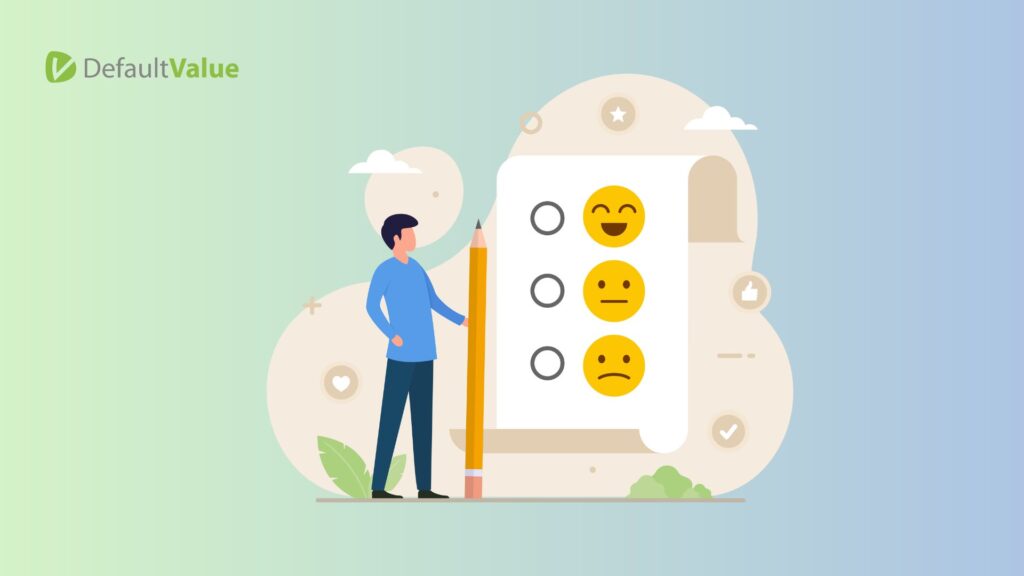Try walking in your client’s shoes: The importance of client empathy and how to develop it
“The most startling truth is we don’t even think our way to logical solutions. We feel our way to reason. Emotions are the substrate, the base layer of neural circuitry underpinning even rational deliberation. Emotions don’t hinder decisions. They constitute the foundation on which they’re made!” Douglas Van Praet, author of “Unconscious Branding: How Neuroscience Can Empower (and Inspire) Marketing”
In 2022, it is hard to imagine a product or service that is not on the market. Businesses cover almost every possible need of users, so it is logical that with the vast choice of companies, the customer will be looking for more than just a service. They are now interested in a more personalized approach, in being proactive about discovering additional needs they may not even have known about, and finally, in empathy.
What is empathy, and why is it good for business?

In a general sense, empathy is our ability to empathize, which is based on the activity of mirror neurons. You may not know about them, but you are familiar with their influence: these same guys use a similar mechanism to “infect” you with yawning after another person. Humans are social creatures, so empathy is necessary for our comfortable existence.
At this point, we’ll dive into psychology a bit. You can skip the next paragraph if you want to save about 50 seconds of reading.
Empathy can be viewed from three aspects: affective (aka emotional) and cognitive empathy, and emotional self-regulation. Affective empathy means that we understand the other person’s feelings and share them. People who experience this type, for example, can’t watch horror movies — they take on too much of the characters’ fear. Cognitive empathy occurs when we understand the feelings of others but do not experience them. This type is inherent in psychologists. Finally, emotional self-regulation helps keep our experience of other people’s emotions under control. Yes, we understand them, maybe even share them, but we can keep them in check at the right moment. This is a critical quality both socioculturally and professionally; for example, a surgeon needs to be empathic with a patient. Still, they need to be like a rock during surgery, unwavering and focused.
Now you might be asking a logical question: What does empathy have to do with business? It’s all about money, logic, what’s emotion got to do with it?
It’s simple. You have to “adopt” the client’s experience and feel their pain. This is the only way to understand what they would do to solve their problem. Perhaps even offer a better solution than they could have found. At this point, a whole new customer experience and a guarantee that among dozens of other companies, yours will be chosen, appear. Do you doubt it? Let’s say that Apple is so popular not only because of the quality of their equipment or their brand status. First of all, they offer a very inclusive product and understand the special needs of their customers. To this end, the company has even included a course on customer empathy in its training program for customer service employees.
This phenomenon has many advantages for business:
- A deeper understanding of customers. This is the key to top-notch service, which, in turn, will lead to customer trust and improve your reputation.
- The ability to understand the unspoken and predict reactions. The customer wants their feelings and needs to be understood without too many words. By their voice and body language, you can guess why they came to you, how they feel, what their next move will be.
- The ability to resolve conflicts more easily. When you understand a client without words, you can focus on the particular problem, and they will understand that they are being heard.
- The ability to nurture reciprocal empathy toward you. A lack of empathy in your direction can undermine trust in some situations. But if you understand the client’s motivation, it becomes easier to communicate yours.
- Personalize services and solutions. By deepening empathy in your employees, you teach them to respond to individual customer needs, not just work from a script. In doing so, you make them change agents.
In fact, these are not all of the benefits of customer empathy but the most obvious ones. Depending on the area of your business, you can find many more benefits, in many ways unique and possible only in your company.
What empathy and bicycles have in common: a case study from Mexico City
It was believed that it was impossible to learn empathy in the past. But in fact, it is only a matter of time and practice. Take the example of bicycles. Those who know how to ride them and have often ridden them on city roads know how many details we need to pay attention to: rocks, glass, passing cars, bumps in the road. As car drivers, we pay much less attention to this.
A couple of years ago, the Mexico City public transportation authority decided to train bus drivers to be empathetic to the most vulnerable road users and put them on bicycles. The drivers had to ride on the bike lane while the buses passed them at full speed. That way, they could experience firsthand all the fears and problems of cyclists. This example illustrates how different the experience of different groups of your clients is, regardless of the field in which you work.
Customer empathy is not part of the strategy. It is the focus of your company
At DefaultValue, we believe: a successful project is a key to a strong relationship with the client. To achieve this, we strive not just to solve their problem. We go further and try to walk in their shoes. We analyze how else we could be helpful to them or even their customers, both from the b2b and b2c sectors. Maybe they have some problem that they haven’t realized yet? Or could a feature be added to our solution to simplify some processes they haven’t been paying attention to? So our goal is to develop a universal product. In 2019, the GetApp platform conducted a customer and employee experiences survey. So, 36% of employees at various companies responded neutrally or negatively when asked if their product improves users’ lives. This is actually an alarming statistic because there is a high probability that a company is biased in assessing customer needs. To avoid this, we test our services and subsequently become their users (of course, if they meet our specific needs or location). This way, we can consider clients’ needs from all sides and stay one step ahead of their expectations.
Instead of a bottom line
Implementing customer empathy is not a one-day task. You’ll encounter many challenges along the way. They include not very clear formulation of responsibilities, which makes the employee not understand that the client needs to not only to be listened to, but also to be heard; and the habit of focusing on the past performance of your company and statistics; and even our own established opinions about others. They make us think: we already know everything about everyone, and clients are guided primarily by logic — what else is there to learn, right?
But often, our decisions and our clients’ decisions are driven by emotion. Their influence is greater than we think. In lieu of a conclusion, here’s a prime example. Antonio Damasio, a professor of neurology at the University of Southern California, recounted the case of one of his patients in his book “Descartes’ Error: Emotion, Reason, and the Human Brain.” After brain surgery, he had lost the ability to experience emotion. Basing his judgment on pure logic, he found himself completely unable to make a choice — even when choosing between two pens or tea and coffee for breakfast. He would say, “I’ve analyzed all the factors, considering all the pros and cons. And I still can’t choose.”
If you exclude the emotional component of your customer’s choice, that choice just won’t happen. And that’s why developing client empathy is so important. And it’s even easier with the right eCommerce platform that meets your clients’ needs.




